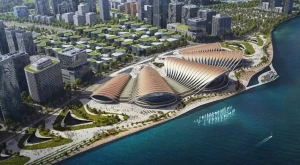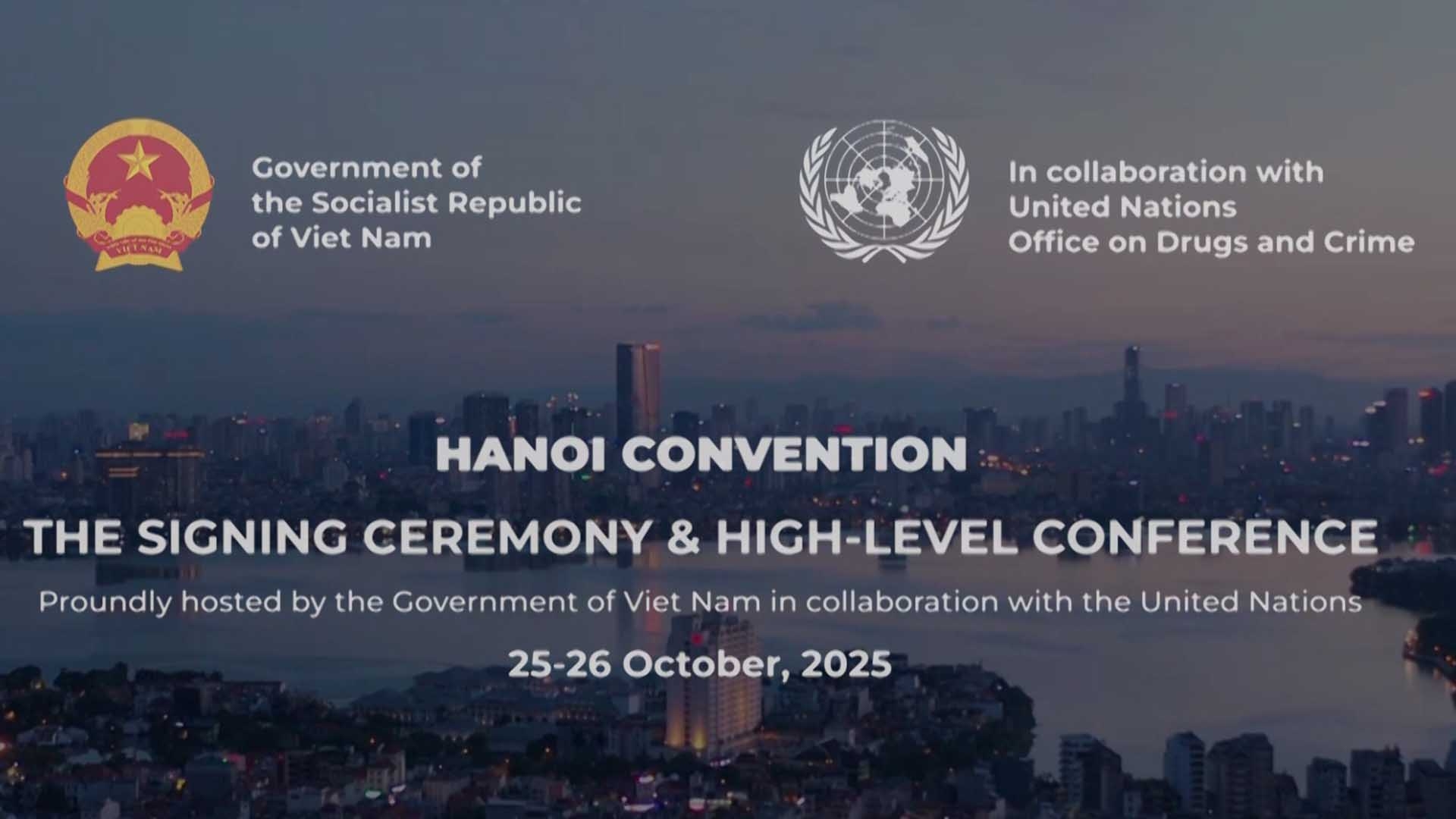
Ho Chi Minh City approves 9 billion-USD Can Gio coastal urban development project
Latest
The development will take place within coastal Long Hoa commune and Can Thạnh town, located some 18 kilometres from the renowned Can Gio Mangrove Biosphere Reserve.
 |
| A rendering of the waterfront theatre in the central area of the Can Gio urban area. (Source: courtesy of Can Gio District People’s Committee). |
The site is strategically positioned near the Xoai Rạp and Long Tau rivers, 17 kilometers from the Vam Sat Eco-Tourism Area, and four kilometers from the popular tourist destination Monkey Island.
The initiative is part of the district’s commitment to generating employment opportunities and increasing revenue.
The project includes four submissions designed to establish a coastal tourism hub with resorts, a smart city, and residential areas, among other facilities.
The development aims to accommodate 230,000 residents and create 25,000 job opportunities. The planning phase is expected to last six months, with the project’s implementation scheduled for 11 years, followed by a total operational period of 50 years.
The city has recently outlined plans to transform the Can Gio district into an ecological urban area as part of broader efforts to enhance urbanization and improve the quality of life for its residents.
With a coastline stretching 13 kilometers and an extensive mangrove forest interwoven with a complex network of rivers, canals, and perse flora and fauna, Can Gio possesses substantial potential for the development of eco-tourism, community-based tourism, and resort tourism, as noted by experts in the field.
Situated 50 kilometers from the city center, Can Gio covers an area exceeding 70,412 hectares, of which more than 33,000 hectares consist of mangrove forests.
The Can Gio Mangrove Forest was designated as a biosphere reserve by UNESCO in 2000, and its salt-making villages, swallow nest areas, and seafood and fruit gardens serve as attractive tourist destinations.
Although tourism development in Can Gio has progressed slowly due to limited access via ferry, the proposed construction of new bridges linking the district to the rest of the city is expected to enhance accessibility significantly.
Recently, the district has experienced an average annual increase of 50%in visitor numbers, with the project targeting 8.9 million tourists annually.
It’s the only coastal area within HCM City and boasts several tourist attractions, including Monkey Island, Hang Duong Seafood Market, the Vam Sat Ecological Tourist Area, and Sac Forest.
Can Gio is also renowned for its annual Nghinh Ong (Whale Worshiping) Festival, which is recognized as a National Intangible Cultural Heritage by the Ministry of Culture, Sports, and Tourism.
Experts have asked if Gio mangroves can be crucial in filtering grey water from upstream sources and regulating flood flows.
















